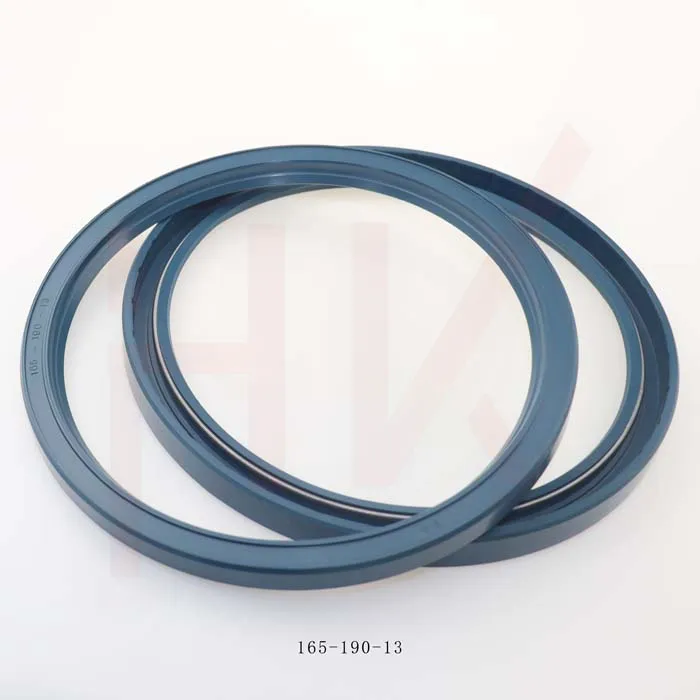ਨਵੰ. . 09, 2024 11:19 Back to list
Hydraulic Cylinder Rebuild Kit for Engine Hoist Maintenance and Repair
Rebuilding Hydraulic Cylinders A Guide to Engine Hoist Hydraulic Cylinder Rebuild Kits
Hydraulic cylinders play a crucial role in the operation of engine hoists, providing the necessary power to lift heavy engines safely and efficiently. However, over time, wear and tear can lead to performance issues, leaks, and reduced lifting capacity. This is where an engine hoist hydraulic cylinder rebuild kit comes into play. In this article, we will explore the benefits of using a rebuild kit, the components included in such kits, and a step-by-step guide to successfully rebuilding your hydraulic cylinder.
Understanding Hydraulic Cylinders
Hydraulic cylinders function on the principle of fluid power, transforming hydraulic energy into mechanical work. They consist of several critical components a cylinder barrel, piston, seals, and end caps. When hydraulic fluid is pumped into the cylinder, it creates pressure that pushes the piston, resulting in linear motion that can lift or move heavy objects, such as car engines.
Why Rebuild Instead of Replace?
When a hydraulic cylinder shows signs of wear—such as leaks from the seals or decreased lifting power—many may consider replacing the entire unit. However, this can be costly and often unnecessary. Rebuilding the hydraulic cylinder with a rebuild kit can save money while restoring the cylinder's performance. Additionally, rebuilding is an environmentally friendly option, as it reduces waste by extending the life of existing components.
Components of a Hydraulic Cylinder Rebuild Kit
Rebuild kits are designed to include all necessary components to restore a hydraulic cylinder’s functionality. While the contents can vary depending on the manufacturer and model, a standard engine hoist hydraulic cylinder rebuild kit typically includes
1. Seals and O-rings These components prevent hydraulic fluid from leaking out of the cylinder. They are crucial for maintaining pressure and ensuring smooth operation.
2. Piston Rings These are located on the piston and provide a tight seal against the cylinder wall, allowing the cylinder to maintain pressure effectively.
3. Gaskets These are essential for creating a seal between the cylinder and end caps or other mating surfaces.
4. Backup Rings These are used in conjunction with O-rings to provide additional support and prevent extrusion under high pressure.
engine hoist hydraulic cylinder rebuild kit

Steps to Rebuild a Hydraulic Cylinder
Rebuilding a hydraulic cylinder may seem daunting, but with the right tools and a systematic approach, it can be accomplished successfully. Below is a step-by-step guide
1. Gather Tools and Safety Gear Ensure you have all necessary tools, such as wrenches, screwdrivers, a mallet, a hydraulic fluid, and safety gear, including gloves and goggles.
2. Disassemble the Cylinder Start by safely removing the cylinder from the hoist. Carefully unscrew the end caps and remove the piston assembly. Keep track of all components as you disassemble.
3. Inspect Components Once disassembled, inspect all internal parts for damage. Look for scratches, scoring, or corrosion on the cylinder wall and piston. Replace any damaged components.
4. Clean All Parts Thoroughly clean all components using appropriate solvents. Remove any debris or old seals, being cautious not to scratch surfaces.
5. Replace Seals and O-rings Place new seals and O-rings in their respective grooves, ensuring they are seated properly to avoid future leaks.
6. Reassemble the Cylinder Carefully reinsert the piston and other components in the reverse order of disassembly. Make sure everything aligns correctly and is tightened to the manufacturer's specifications.
7. Test for Leaks After reassembly, connect the hydraulic cylinder back to the hoist and fill it with the appropriate hydraulic fluid. Test the system under pressure to check for any leaks.
8. Final Adjustments If the cylinder operates smoothly and without leaks, recheck all connections and ensure everything is securely fastened.
Conclusion
Rebuilding an engine hoist hydraulic cylinder with a rebuild kit is a feasible and cost-effective method to restore the functionality of your equipment. By understanding the components involved and following a systematic approach, you can ensure that your hydraulic system operates efficiently, allowing you to lift heavy engines safely and reliably. With regular maintenance and timely rebuilds, your hydraulic cylinders can serve you well for years to come.
-
TCN Oil Seal Metal Ring Reinforcement for Heavy Machinery
NewsJul.25,2025
-
Rotary Lip Seal Spring-Loaded Design for High-Speed Applications
NewsJul.25,2025
-
Hydraulic Cylinder Seals Polyurethane Material for High-Impact Jobs
NewsJul.25,2025
-
High Pressure Oil Seal Polyurethane Coating Wear Resistance
NewsJul.25,2025
-
Dust Proof Seal Double Lip Design for Construction Equipment
NewsJul.25,2025
-
Hub Seal Polyurethane Wear Resistance in Agricultural Vehicles
NewsJul.25,2025
-
The Trans-formative Journey of Wheel Hub Oil Seals
NewsJun.06,2025
Products categories
















